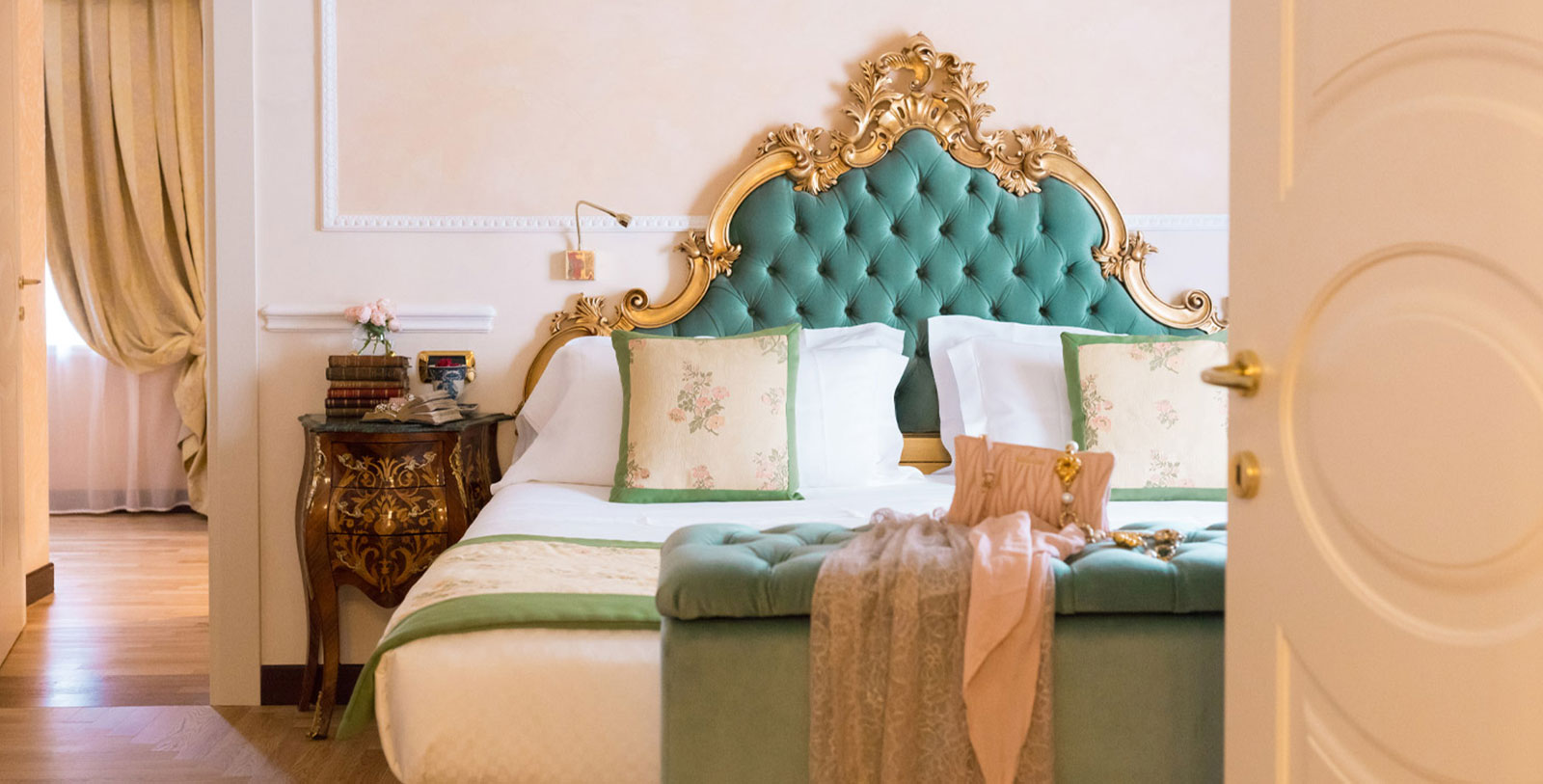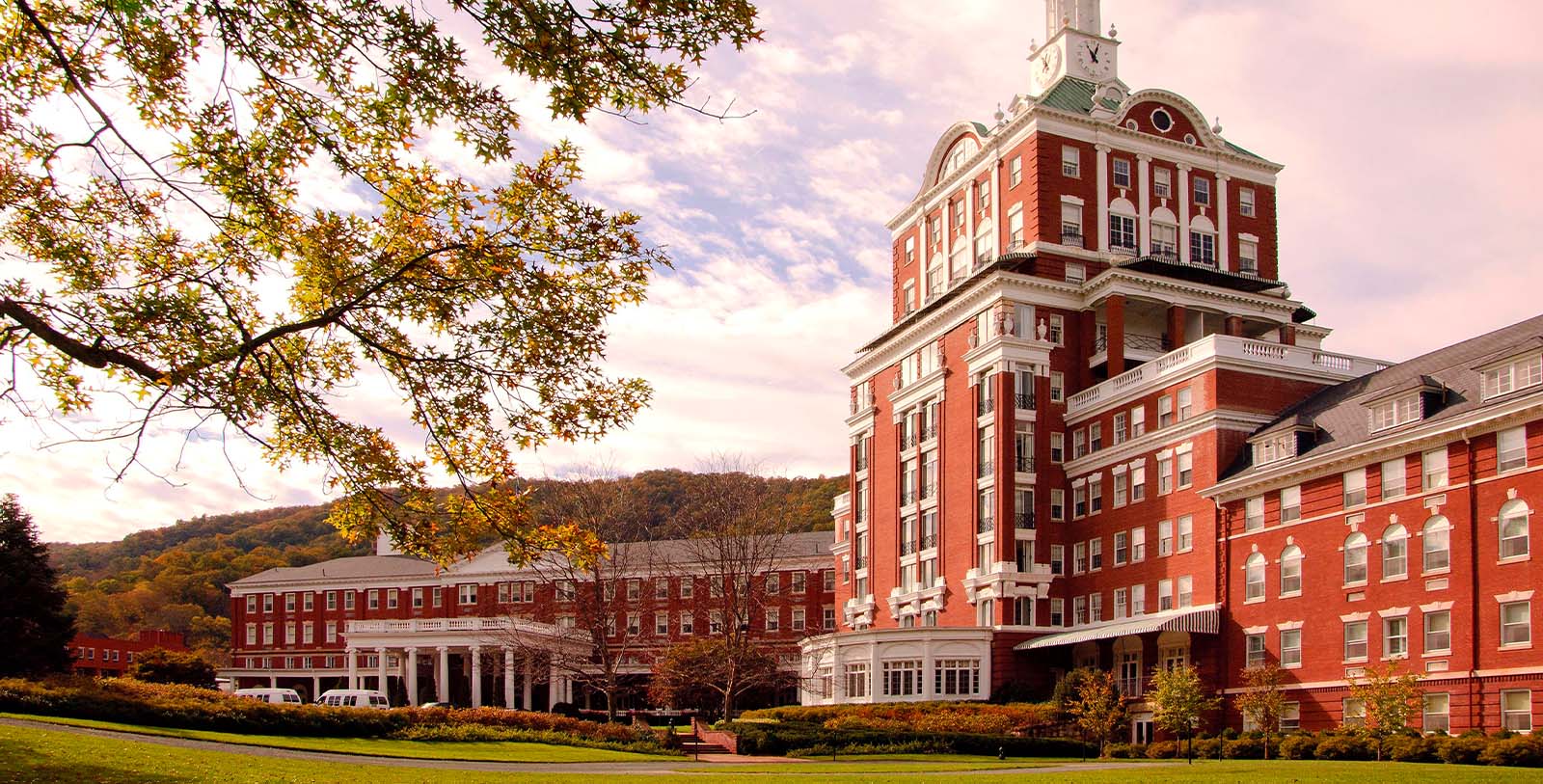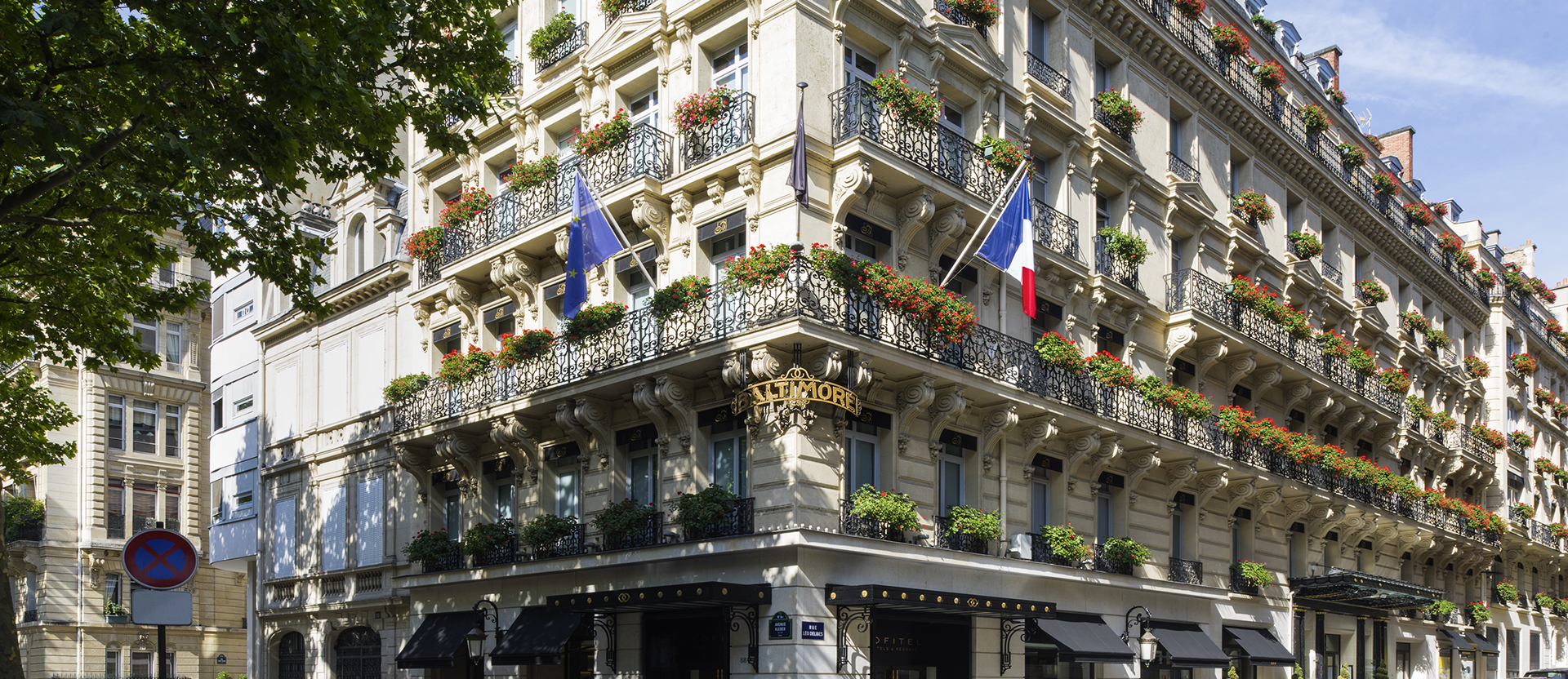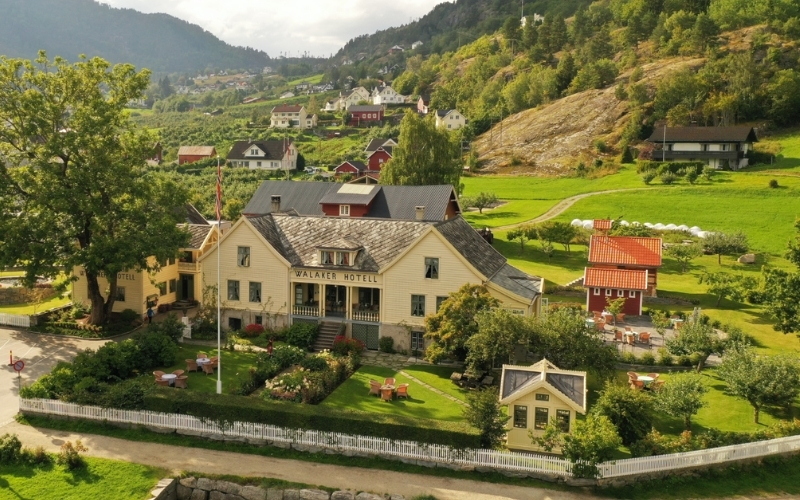It is estimated there are more than 700,000 hotels around the world, and major American reservations platforms provide instant access to about 200,000 properties. Many are nondescript structures built to mass-market formulas perfected by the world’s largest hospitality companies. While providing entirely adequate accommodations, those hotels reveal very little about a destination.
Travelers not satisfied with a standard-issue product from one of the big chains usually have the opportunity to stay at a hotel that is an authentic piece of history, and those properties can enhance a journey immensely. “They want to learn about the hotel’s history by discovering and exploring the hotel and the heritage, culture and tastes of the region in which the hotel is located,” says Lawrence Horwitz of such intellectually curious guests.
Horwitz is the executive vice president of Historic Hotels of America and Historic Hotels Worldwide, organizations dedicated to promoting the châteaux, villas, haciendas, and monasteries that have been lovingly restored into hotels. Horwitz reports that many guests at those treasured landmarks experience a genuine emotional connection to the local heritage conveyed through the properties themselves.

The five-star Hotel Bernini Palace, overlooking the Palazzo Vecchio in historic Florence, Italy, is a work of art worthy of the remarkable city it occupies. The hotel is housed in a sumptuously renovated 15th century building that exudes classic Florentine romance, offering its pampered guests the opportunity to fully experience one of the most artistic places on the planet. The hotel — it was the first in Firenze to provide running water and a stable for its guests’ horses — dates back to about 1700 and is literally a slice of local history.
David Foschi, general manager of the Bernini Palace, reports the hotel succeeds in balancing historic preservation with the introduction of modern amenities and technology for its guests. “The hotel has perfectly preserved the classic Florentine style of its architecture and history can be breathed in every corner of the building, but we must also keep up with the times,” says Foschi. He reports the hotel took advantage of the pandemic-imposed closure by investing in renovations that, among other things, included enhanced efficiency of water, heating and air conditioning systems, thereby ensuring the antique palace is environmentally sustainable.
“The guest who chooses to stay at the Bernini Palace wants to immerse himself in history without giving up any comfort,” states Foschi. “Those who come to stay in Florence prefer to find a typical ancient palace uniquely positioned in the exact city center,” says the general manager. He adds, “After exploring the lively streets and the suggestive, unforgettable corners of Florence, they can quickly return to the tranquility of their Florentine ‘home.’”
Ashford Castle is a medieval estate in Ireland, formerly home of the Guinness family, and the 800-year-old structure was converted into a hotel in 1939. Today the luxury property offers a worldclass spa, elegant afternoon tea and dinner beneath a veritable galaxy of Waterford crystal chandeliers, while the 350-acre estate accommodates clay shooting, golf, cycling, and kayaking — even an introduction to falconry.
“Every guest is escorted to their room and during their orientation they’re given an overview of the history of the Castle,” explains general manager Niall Rochford, who notes a local historian is available for private tours the guests may wish to book. Crediting an interior design team led by Toni Tollman, one of the property’s owners, Rochford insists the 13th century castle is tricked out with 21st century technology. Reporting most guests are from the U.S., Niall Rochford notes, “They come because Ashford Castle has over 800 years of history, over 80 years as a hotel, and the most passionate, professional staff who take pride in their place, resulting in Ashford being the only Forbes five-star hotel in Ireland.”
Located in South Africa’s scenic wine country is a charming piece of history known as the Erinvale Estate Hotel & Spa. A Dutch Colonial outpost was established here in the mid-1600s, when some of the ancient oaks currently shading the property were planted. The hotel itself was not opened until 1994, but the old homestead exudes the history of this enchanting region. While the grounds are expansive, the Erinvale is a rather intimate hotel with only 56 rooms, yet supported by amenities that include a Gary Player-designed golf course, superb dining and an indoor-outdoor spa.

General manager Urs Kern reports, “To celebrate and highlight the rich history of the original historic farm and buildings we’ve created the ‘Taste the Heart of the Helderberg’ experience,” referring to a unique wine country gastronomic tour. It includes wine, olive oil, chocolate, coffee, beer, and gin tastings at the estates that comprised the original landholding on which the resort is situated.
“The Erinvale’s Manor House and buildings with typical Cape Dutch gables, thatched roofs and architecture dating back to the historic era has been meticulously preserved and renovated,” explains Kern. In contrast, he notes, “Interior refurbishments and technological upgrades ensure a chic, luxurious and modern interior with all the conveniences travelers expect to find in a five-star property.”
One of America’s oldest hotel properties is the Omni Homestead Resort, located on more than 2,000 sprawling acres in Virginia’s Allegheny Mountains, which began as a modest 18-room inn built on a 300-acre land grant from George Washington. Over time, it morphed into the full-service resort it is today — a devasting fire in 1901 temporarily interrupted its evolution — and through the years, 23 U.S. presidents have checked in.

Mark Spadoni, the resort’s managing director, reports, “The Omni Homestead Resort has been an American treasure since before America,” noting it was founded a decade before independence. Explaining that connecting guests to that history is a priority, Spadoni explains, “Every day we offer a history tour on which we share fascinating stories and highlight some of the dozens and dozens of historic photos, paintings and artifacts around the property.”
Noting a large number of staff members have accumulated decades of service at the hotel — some families have worked there for generations — Spadoni states, “Hearing their stories is such an authentic and genuine experience.” Spirit chasers will recognize the Homestead as one of many American luxury hotels reputedly inhabited by ghosts. “While I haven’t met her yet, I’ve heard that the ghost of a jilted bride frequents the 14th floor,” reports Spadoni, who adds, “Some believe she’s waiting for her beloved to return.”
In Lisbon, whose status among European capitals is rapidly ascending, a historic, classical expression of luxury is found at Palácio Belmonte, where its 11 one-of-a-kind suites offer city views from a hillside perch. “Where else but Palácio Belmonte — leaning on Castelo de St. Jorge’s wall, with its gardens and terraces looking down to Alfama and Mar da Palha, proud of its unchanged 17th century baroque architecture — to stay and have a dreamy Lisbon experience?” queries owner Frédéric Coustols. Like the other highlighted properties, this historic hotel (reopening in late summer or early fall) appeals to travelers seeking to combine luxury with a genuine sense of place.
Read the full Summer 2021 issue of Homes & Estates here.
About Coldwell Banker Global Luxury® blog
The official Coldwell Banker Global Luxury® blog offers an international look into luxury and style through the eyes of today’s leading voices, visionaries, and style-setters. Since 2012, we have delivered original stories on architecture, interior design, travel, automobile, art, culture and real estate to over 70,000 affluent subscribers monthly. Currently, our blog reaches over 1 million on social media each month — one of the most robust content syndication platforms for a luxury real estate brand today. Stories online may also be published in the print edition of Homes & Estates, the flagship magazine of the Coldwell Banker Global Luxury program.
About Coldwell Banker Global Luxury program
The Coldwell Banker Global Luxury program sets the gold standard for modern luxury real estate marketing, continuing a legacy established by the Coldwell Banker® brand in 1906. The essence of the program is simple: combine the prestige of the Coldwell Banker name with the top luxury real estate masters and the reach of an international network of over 91,000 agents in 3,000 offices worldwide.
About Historic Hotels Worldwide®
Washington DC based Historic Hotels Worldwide is a prestigious collection of historic treasures, including more than 360 legendary historic hotels including many former castles, chateaus, palaces, academies, haciendas, villas, monasteries, and other historic lodging spanning ten centuries. Historic Hotels Worldwide recognizes authentic cultural treasures that demonstrate exemplary historic preservation and their inspired architecture, cultural traditions, and authentic cuisine. Historic Hotels Worldwide along with Historic Hotels of America are official programs of the National Trust for Historic Preservation (United States of America).


























